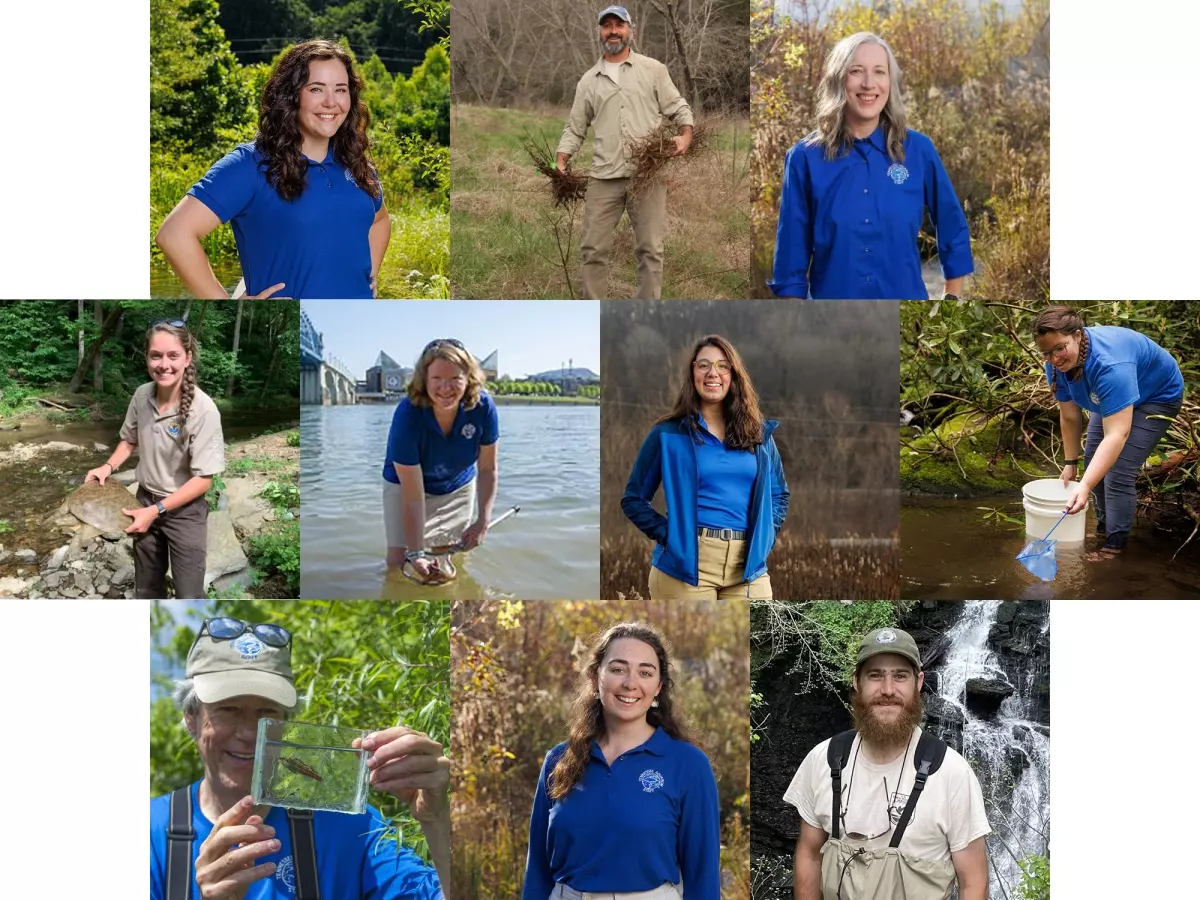USFWS names Laurel Dace Team a 2024 Recovery Champion
![laurel dace rescue team.jpg]() From left to right, top to bottom: Sarah Kate Bailey, Geoff Call, Stephanie Chance, Makenzie Foster, Anna George, Helaina Gomez, Abbey Holsopple, Bernie Kuhajda, Tigris Nevans and Warren Stiles. Image Details
From left to right, top to bottom: Sarah Kate Bailey, Geoff Call, Stephanie Chance, Makenzie Foster, Anna George, Helaina Gomez, Abbey Holsopple, Bernie Kuhajda, Tigris Nevans and Warren Stiles. Image Details
“During the summer and fall of 2024, a prolonged drought emerged as a preeminent threat to the Laurel dace, a freshwater minnow native to Tennessee. During this pivotal time, the Laurel Dace Rescue Team provided for the ongoing conservation and survival of the endangered fish by developing a water level monitoring protocol and planning for individuals to be collected and brought into captivity to maintain representation from the last two wild populations. In a short period, the team collaborated to rescue, transport, and house more than 200 fish while maintaining separation of individuals from each population. The Aquarium led the ‘Race for the Laurel Dace’ fundraising campaign, which helped significantly raise public awareness of the species’ plight and secure funding to help ensure the availability of the specialized emergency care needed for the rescued individuals. The Service’s diligent work to sample, collect, transport, and care for individual laurel dace were invaluable to this effort.”
Sarah Kate Bailey - Tennessee Aquarium
Geoff Call - U.S. Fish and Wildlife Service
Stephanie Chance - Tennessee Aquarium
Makenzie Foster - U.S. Fish and Wildlife Service
Anna George - Tennessee Aquarium
Helaina Gomez - Tennessee Aquarium
Abbey Holsopple - Tennessee Aquarium
Bernie Kuhajda - Tennessee Aquarium
Tigris Nevans - Tennessee Aquarium
Warren Stiles - U.S. Fish and Wildlife Service
Recovery Champions are U.S. Fish and Wildlife Service staff and their partners whose work is advancing the recovery of endangered and threatened species of plants and animals.
Hellbender Press previously reported on emergency efforts to rescue the fish from drought conditions on Walden Ridge.
















